News
Tobin Bell Transforms the Saw Franchise into Art
Tobin Bell once noted that “I want to do anything that’s well written, that reveals something of the human condition, that provides growth for the material as well as the actors.”
He referred to it as a “great opportunity.”
After a career that had spanned three decades in theatre, television and film, the greatest opportunity presented itself when Bell was 62 years old. Little did anyone know that the veteran actor would be reborn as a horror icon on October 29, 2004.
That Bell expressed a desire for projects that were well written lends credence to the fact that the Saw franchise reaches far beyond popcorn horror into the realm of art. For some, the series is simply torture porn created for the gory enjoyment of the masochists among us, but the reality is that the franchise has always been about exploring what Bell cites as the “wants of glories” of the human condition, in addition to pushing perceived limits and the appreciation of life.
And there could not have been a better choice to navigate a saga that included cancer, the loss of a child and a marriage; and that has stretched out over seven films (with an eighth on the way) than Tobin Bell.
In an interview with MTV prior to the release of Saw III (2006), Bell revealed that after accepting a role, he asks himself a series of questions, including “Who am I? Where am I? What do I want? When do I want it? And how am I going to get it?”
Moreover, Bell wants to possess a molecular understanding of “what I mean by the things that I say.”
Beyond motivation, Bell revealed in the same interview that he creates elaborate backstories for his characters. As we get up in the morning and know every event that had happened to us until the present moment, characters in film do not have that luxury. They are simply provided a blueprint and build from there.
Few are better architects than Tobin Bell.

Image credit: hdimagelib.com
Consider his role as The Nordic Man in The Firm (1993), for instance. Bell acknowledged that he produced a 147-page document based on his set of questions for a supporting character that, while important to that particular story, was by no means a lead, and not remotely comparable to the magnitude of John Kramer’s Jigsaw.
A revelation that has spilled over into each character Bell has helped to create, evidenced by the time spent with Betsy Russell after she’d been cast as Kramer’s wife Jill Tuck. Bell walked and talked with Russell, bought her little gifts and even read poetry to her, all in an effort to build the sort of trust and bond that a married couple would possess.
That approach, which takes professionalism and preparation to a perfectionist’s appetite, was ideal for a character who would be exploring life lessons and symbolic retribution.
As Amanda Young (Shawnee Smith) would say in Saw II (2005), “He wants us to survive this.”
Kramer was not an evil man, but one who had, as Bell said, “not been well,” who subconsciously came to the realization that his life’s work would not be about engineering, but rather tutoring a select few on gratitude toward life.
Jigsaw had not truly valued his own until confronted with the reality of it being extinguished, but after willfully plunging over a cliff only to walk away, he realized that he was stronger than he’d ever imagined. With that comprehension, he came to the conclusion that if he could have such an epiphany, it could be a shared experience.
You don’t know what you’re capable of until presented with no choice but to come out fighting. Not to be directed like so many sheep, but to actually devote thought to what you value, what you wish you’d done differently, and what you would do if given another chance.
The “innocent” victims Kramer chose for his social experiments had lost their way, and in the process, others had paid the price, or been burned for that indifference. All of which led to the exquisite appropriateness of symbolic retribution.
Jigsaw guided us as Dante, or rather Virgil, on a tour of societal indictment.
A judge who had looked the other way when a driver had killed a young child with a car, fettered by the neck to the floor of a vat that would fill with liquefied swine, left to choke on his decision, or indecision. An insurance guru who’d devised a formula that selected a healthy few for coverage while others would be damned to die because they posed a greater financial risk, led through a labyrinth where he again made decisions on who would survive and perish. This time however, they were not anonymous case numbers, but real human beings who would either endure or depart before his very eyes.
Those who played the game were carefully selected by Bell’s Jigsaw, while those spared or condemned by William (Peter Outerbridge) were chosen just as indiscriminately as cancer chooses any one of us. Just as it had chosen Kramer.

Image credit: Kyle Stiff
Bell’s preparation left him with a keen awareness of Kramer’s motivation for those choices and challenges, but his intensity and dramatic skill were what commanded the screen. Whether he appeared in flesh and blood or simply as a voice that narrated the scenario, Bell was not an actor simply spewing lines, but rather a man who had become the role and felt the frustration and pain, but more importantly, the hope that those he’d chosen to play a game were listening with open eyes, ears and hearts. What have you learned? Can you forgive? Can you change?
Ultimately, the intent for the character that Bell created was not for elaborate death or punishment, but for those who no longer valued existence to cherish it, and truly live for the first time.
The role of John Kramer / Jigsaw could have gone to someone simply because of name recognition or a fantastic voice, or because they could elicit dread in their messages, but instead it was given to Tobin Bell, because he is a thinking man’s actor who sees the character for the man that he is and was, with a firm grasp on his complexities and not only on what he wants for himself, but for others and from his work.
In the world of horror franchises, audiences have been given background and fleeting motivation for anti-heroes like Jason Voorhees, Freddy Krueger and Michael Myers, but seldom are the actors who have portrayed them afforded the opportunity to explore that painful past.
Tobin Bell was given a blank canvas, and has fashioned a masterpiece, not because of traps or one-liners, but because he took the time to mold John Kramer’s humanity.

Image credit: Criminal Minds Wiki
Feature image credit: 7wallpapers.net.
'Civil War' Review: Is It Worth Watching?
Follow our new YouTube channel "Mysteries and Movies" here.

Lists
Thrills and Chills: Ranking ‘Radio Silence’ Films from Bloody Brilliant to Just Bloody
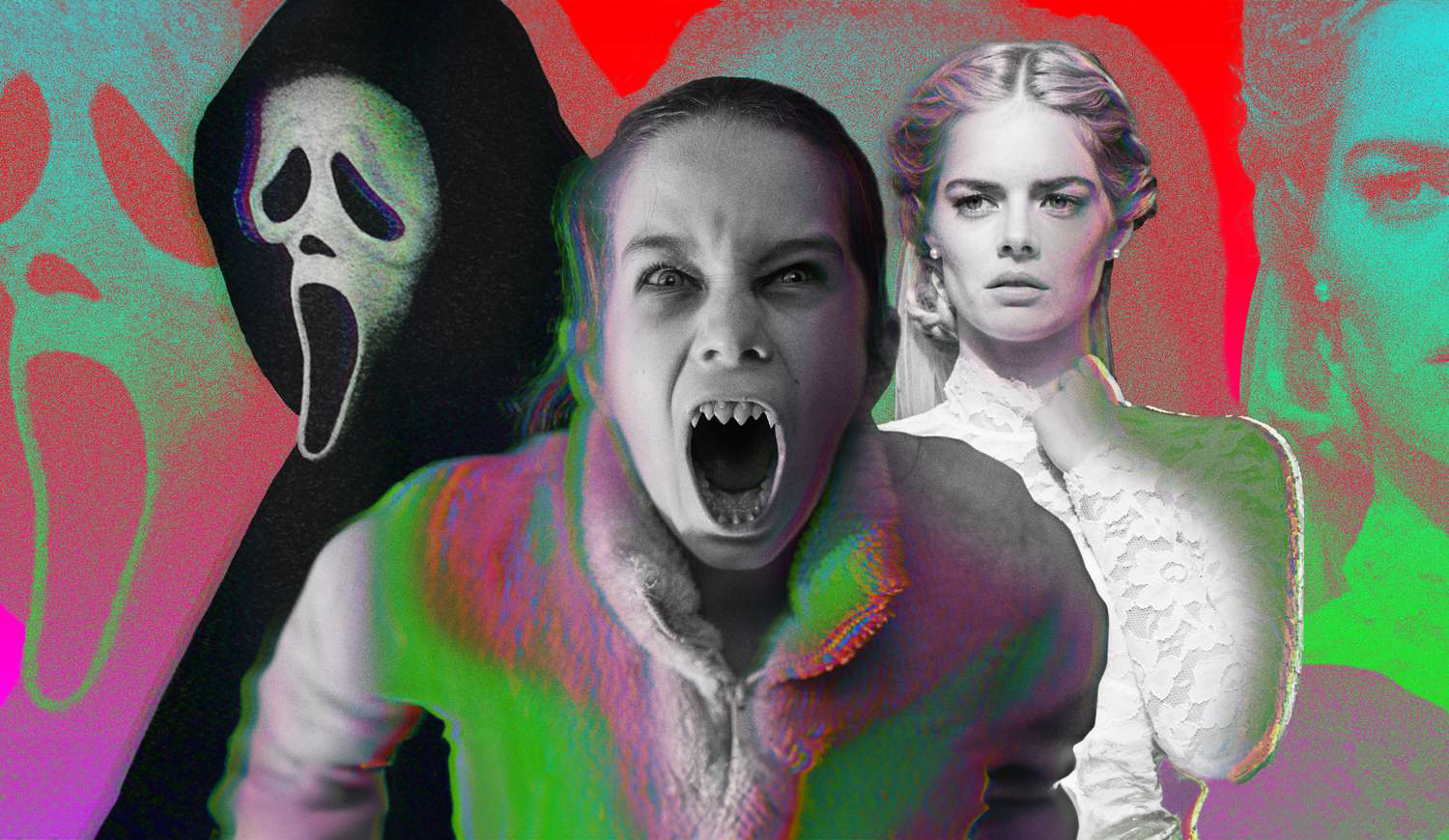
Matt Bettinelli-Olpin, Tyler Gillett, and Chad Villella are all filmmakers under the collective label called Radio Silence. Bettinelli-Olpin and Gillett are the primary directors under that moniker while Villella produces.
They have gained popularity over the past 13 years and their films have become known as having a certain Radio Silence “signature.” They are bloody, usually contain monsters, and have breakneck action sequences. Their recent film Abigail exemplifies that signature and is perhaps their best film yet. They are currently working on a reboot of John Carpenter’s Escape From New York.
We thought we would go through the list of projects they have directed and rank them from high to low. None of the movies and shorts on this list are bad, they all have their merits. These rankings from top to bottom are just ones we felt showcased their talents the best.
We didn’t include movies they produced but didn’t direct.
#1. Abigail
An update to the second film on this list, Abagail is the natural progression of Radio Silence’s love of lockdown horror. It follows in pretty much the same footsteps of Ready or Not, but manages to go one better — make it about vampires.
#2. Ready or Not
This film put Radio Silence on the map. While not as successful at the box office as some of their other films, Ready or Not proved that the team could step outside their limited anthology space and create a fun, thrilling, and bloody adventure-length film.
#3. Scream (2022)
While Scream will always be a polarizing franchise, this prequel, sequel, reboot — however you want to label it showed just how much Radio Silence knew the source material. It wasn’t lazy or cash-grabby, just a good time with legendary characters we love and new ones who grew on us.
#4 Southbound (The Way Out)
Radio Silence tosses their found footage modus operandi for this anthology film. Responsible for the bookend stories, they create a terrifying world in their segment titled The Way Out, which involves strange floating beings and some sort of time loop. It’s kind of the first time we see their work without a shaky cam. If we were to rank this entire film, it would remain at this position on the list.
#5. V/H/S (10/31/98)
The film that started it all for Radio Silence. Or should we say the segment that started it all. Even though this isn’t feature-length what they managed to do with the time they had was very good. Their chapter was titled 10/31/98, a found-footage short involving a group of friends who crash what they think is a staged exorcism only to learn not to assume things on Halloween night.
#6. Scream VI
Cranking up the action, moving to the big city and letting Ghostface use a shotgun, Scream VI turned the franchise on its head. Like their first one, this film played with canon and managed to win over a lot of fans in its direction, but alienated others for coloring too far outside the lines of Wes Craven’s beloved series. If any sequel was showing how the trope was going stale it was Scream VI, but it managed to squeeze some fresh blood out of this nearly three-decade mainstay.
#7. Devil’s Due
Fairly underrated, this, Radio Silence’s first feature-length film, is a sampler of things they took from V/H/S. It was filmed in an omnipresent found footage style, showcasing a form of possession, and features clueless men. Since this was their first bonafide major studio job it’s a wonderful touchstone to see how far they have come with their storytelling.
'Civil War' Review: Is It Worth Watching?
Follow our new YouTube channel "Mysteries and Movies" here.
News
Perhaps the Scariest, Most Disturbing Series of The Year

You may have never heard of Richard Gadd, but that will probably change after this month. His mini-series Baby Reindeer just hit Netflix and it’s a terrifying deep dive into abuse, addiction, and mental illness. What is even scarier is that it’s based on Gadd’s real-life hardships.
The crux of the story is about a man named Donny Dunn played by Gadd who wants to be a stand-up comedian, but it’s not working out so well thanks to stage fright stemming from his insecurity.
One day at his day job he meets a woman named Martha, played to unhinged perfection by Jessica Gunning, who is instantly charmed by Donny’s kindness and good looks. It doesn’t take long before she nicknames him “Baby Reindeer” and begins to relentlessly stalk him. But that is just the apex of Donny’s problems, he has his own incredibly disturbing issues.
This mini-series should come with a lot of triggers, so just be warned it is not for the faint of heart. The horrors here don’t come from blood and gore, but from physical and mental abuse that go beyond any physiological thriller you may have ever seen.
“It’s very emotionally true, obviously: I was severely stalked and severely abused,” Gadd said to People, explaining why he changed some aspects of the story. “But we wanted it to exist in the sphere of art, as well as protect the people it’s based on.”
The series has gained momentum thanks to positive word-of-mouth, and Gadd is getting used to the notoriety.
“It’s clearly struck a chord,” he told The Guardian. “I really did believe in it, but it’s taken off so quickly that I do feel a bit windswept.”
You can stream Baby Reindeer on Netflix right now.
If you or someone you know has been sexually assaulted, please contact the National Sexual Assault Hotline at 1-800-656-HOPE (4673) or go to rainn.org.
'Civil War' Review: Is It Worth Watching?
Follow our new YouTube channel "Mysteries and Movies" here.
Movies
The Original ‘Beetlejuice’ Sequel Had an Interesting Location
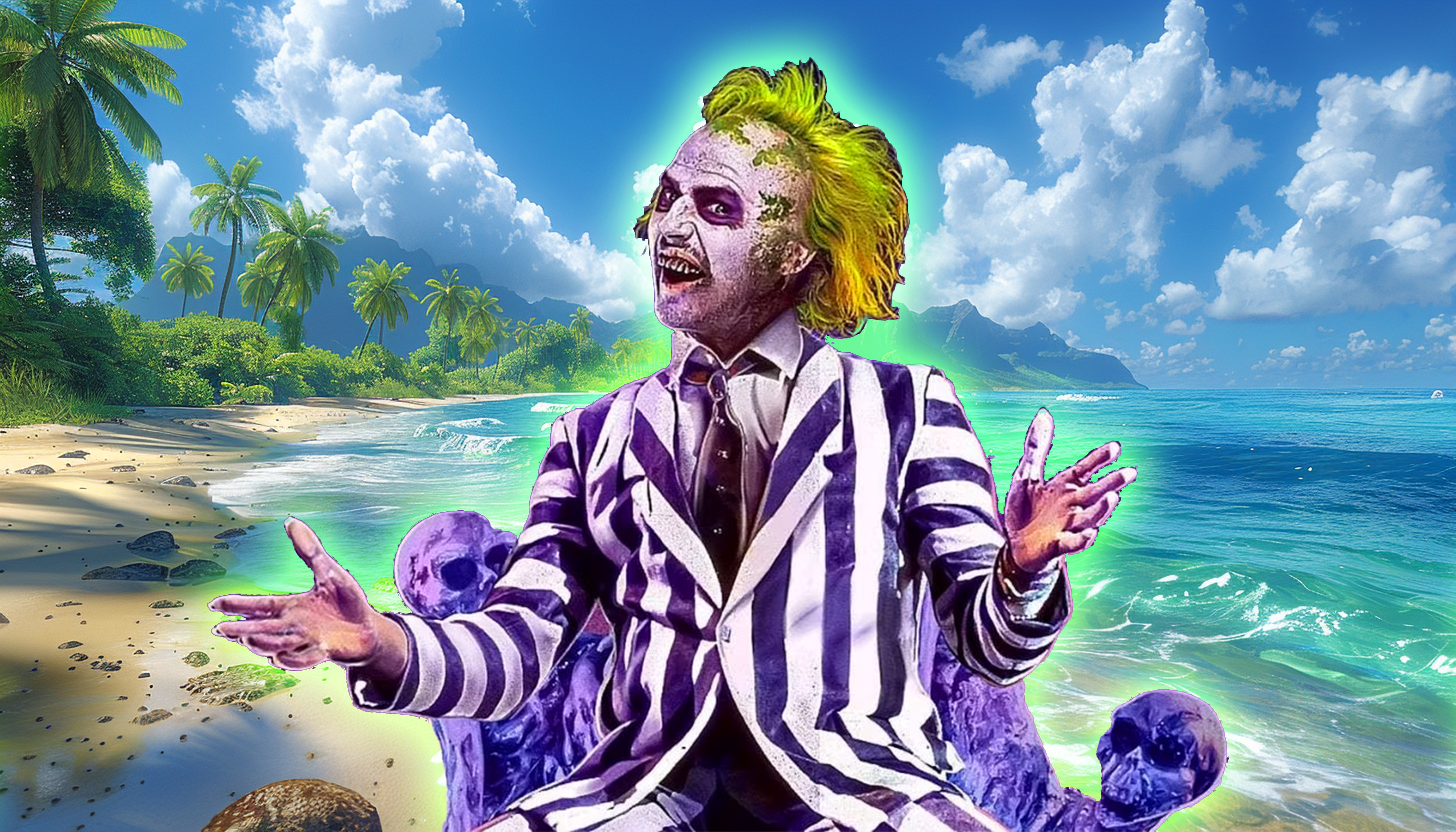
Back in the late ’80s and early ’90s sequels to hit movies weren’t as linear as they are today. It was more like “let’s re-do the situation but in a different location.” Remember Speed 2, or National Lampoon’s European Vacation? Even Aliens, as good as it is, follows a lot of the plot points of the original; people stuck on a ship, an android, a little girl in peril instead of a cat. So it makes sense that one of the most popular supernatural comedies of all time, Beetlejuice would follow the same pattern.
In 1991 Tim Burton was interested in doing a sequel to his 1988 original, it was called Beetlejuice Goes Hawaiian:
“The Deetz family moves to Hawaii to develop a resort. Construction begins, and it’s quickly discovered that the hotel will be sitting on top of an ancient burial ground. Beetlejuice comes in to save the day.”
Burton liked the script but wanted some re-writes so he asked then-hot screenwriter Daniel Waters who had just got done contributing to Heathers. He passed on the opportunity so producer David Geffen offered it to Troop Beverly Hills scribe Pamela Norris to no avail.
Eventually, Warner Bros. asked Kevin Smith to punch up Beetlejuice Goes Hawaiian, he scoffed at the idea, saying, “Didn’t we say all we needed to say in the first Beetlejuice? Must we go tropical?”
Nine years later the sequel was killed. The studio said Winona Ryder was now too old for the part and an entire re-cast needed to happen. But Burton never gave up, there were a lot of directions he wanted to take his characters, including a Disney crossover.
“We talked about lots of different things,” the director said in Entertainment Weekly. “That was early on when we were going, Beetlejuice and the Haunted Mansion, Beetlejuice Goes West, whatever. Lots of things came up.”
Fast-forward to 2011 when another script was pitched for a sequel. This time the writer of Burton’s Dark Shadows, Seth Grahame-Smith was hired and he wanted to make sure the story wasn’t a cash-grabbing remake or reboot. Four years later, in 2015, a script was approved with both Ryder and Keaton saying they would return to their respective roles. In 2017 that script was revamped and then eventually shelved in 2019.
During the time the sequel script was being tossed around in Hollywood, in 2016 an artist named Alex Murillo posted what looked like one-sheets for a Beetlejuice sequel. Although they were fabricated and had no affiliation with Warner Bros. people thought they were real.
Perhaps the virality of the artwork sparked interest in a Beetlejuice sequel once again, and finally, it was confirmed in 2022 Beetlejuice 2 had a green light from a script written by Wednesday writers Alfred Gough and Miles Millar. The star of that series Jenna Ortega signed on to the new movie with filming starting in 2023. It was also confirmed that Danny Elfman would return to do the score.
Burton and Keaton agreed that the new film titled Beetlejuice, Beetlejuice wouldn’t rely on CGI or other other forms of technology. They wanted the film to feel “handmade.” The film wrapped in November 2023.
It’s been over three decades to come up with a sequel to Beetlejuice. Hopefully, since they said aloha to Beetlejuice Goes Hawaiian there has been enough time and creativity to ensure Beetlejuice, Beetlejuice will not only honor the characters, but fans of the original.
Beetlejuice, Beetlejuice will open theatrically on September 6.
'Civil War' Review: Is It Worth Watching?
Follow our new YouTube channel "Mysteries and Movies" here.
-

 News6 days ago
News6 days agoWoman Brings Corpse Into Bank To Sign Loan Papers
-

 News7 days ago
News7 days agoHome Depot’s 12-Foot Skeleton Returns with a New Friend, Plus New Life-Size Prop from Spirit Halloween
-

 News4 days ago
News4 days agoBrad Dourif Says He’s Retiring Except For One Important Role
-

 Strange and Unusual5 days ago
Strange and Unusual5 days agoMan Arrested for Allegedly Taking a Severed Leg From Crash Site And Eating It
-

 Movies6 days ago
Movies6 days agoPart Concert, Part Horror Movie M. Night Shyamalan’s ‘Trap’ Trailer Released
-
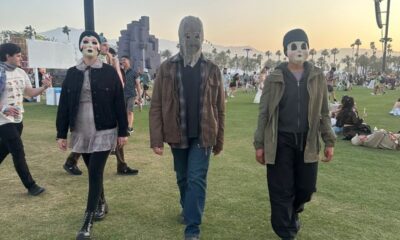
 Movies6 days ago
Movies6 days ago‘The Strangers’ Invaded Coachella in Instagramable PR Stunt
-

 Movies5 days ago
Movies5 days agoAnother Creepy Spider Movie Hits Shudder This Month
-
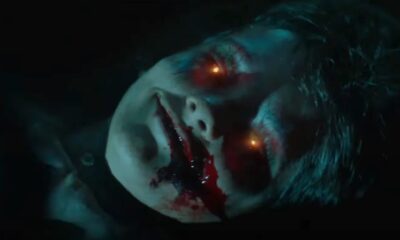
 Movies6 days ago
Movies6 days agoRenny Harlin’s Recent Horror Movie ‘Refuge’ Releasing in U.S. This Month
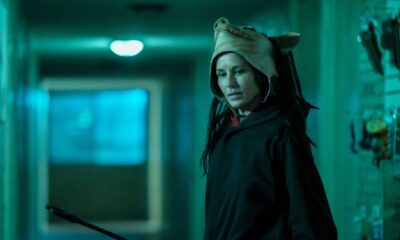

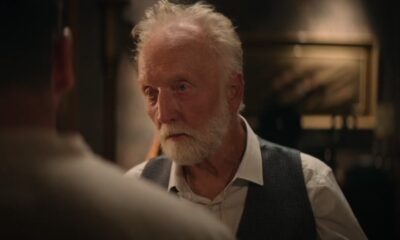





















You must be logged in to post a comment Login